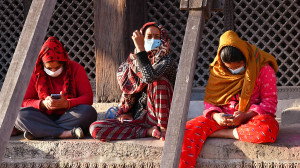Columns
Generational university education
The Gen Z movement has propelled the generational discussion in various fields, including education.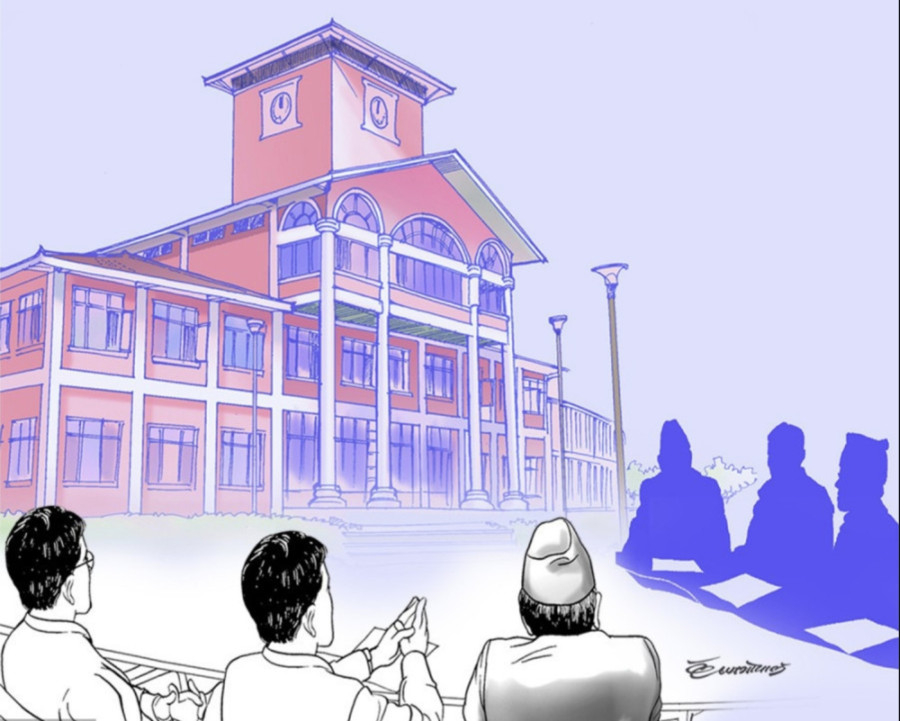
Abhi Subedi
The generational dynamics in our higher education warrant a serious discussion. Here, I specifically allude to higher education, which in Nepali is called university education. The Gen Z movement has propelled the generational discussion in various fields, including, importantly, that of education. My narrative also has a visceral element, for I find it more revealing to use my own experience as a student and teacher at the university level. I think it is vital to construct the narrative of the times and give a feel of the vicissitudes experienced by all societal stakeholders, such as educationists, managers, and above all, students and teachers.
I do not want to dwell on the famous Western-oriented categories like Generation Z and compare them with what is often bandied about in sociological discussions, such as Boomers and Millennials. Though Gen Z is a recognised name of the generational cohort, it has emerged in Nepal recently like a creative storm with an element of surprise in a number of cases. Discussions of change are taking place by shaking the political establishments. But we must remember that this storm of change has a deep political orientation that stresses changes in the constitution, especially in the form of government. It is not a storm that has come to uproot the democratic federal system. It has come with a big moral and ethical question. It has called for a change in the system mired in corruption and the rise of minuscule dictators whose behaviours would damage the consolidation of the forward-looking democratic political system.
I am eager and anxious to see how the generational storm of change will affect higher education in this country. As someone who has spent over half a century teaching at Tribhuvan University, which was also my alma mater, I can say that I have worked with different generational cohorts at the university. I was struck when a journalist asked my opinion about the connection between the youth movements and the university system of education that I have experienced in different capacities. She wanted to know about my long experience of seeing changes, dealing with students and working with teachers of different generations. This is an attempt to capture the essence of the past, however briefly that may be, and assess the present in that spirit. I want to put my experience, vision and frustrations acquired in that process of educational involvement.
As a student, I belonged to the cohort of a generation that grew up with the one-party Panchayat system, but continued to oppose it. I was of the generation that invented different group names and experienced various moments of persecution and change. I consider the history of Western generational cohorts mostly as a useful and heuristically viable topic of discussion. Here, I only want to talk about my experience as a university teacher who taught and saw different generational groups of students. The single identity of the generational groups for many years in higher educational institutions in Nepal was that they were independent people who refused to be the cogs in the Panchayat machine. They looked for the names and chose a modus operandi that would recognise that they were independent.
Most importantly, they were students who wanted to change the political system. I saw youths of different generational groups, among them, the Generation X cohort of the West, who came here under a name, maybe mistakenly, as hippies who protested against the Vietnam War and espoused radical values, but did not have programmes to protect or promote them. But the effects of the activities of the different generational cohorts familiar in the Western world were felt everywhere. This requires discussions.
At the university, I saw youths who commonly experienced a generational momentum under various conditions. Though I taught youths at the English department, I encountered other youths too. The youths at the university developed a modus operandi based on the pattern of alignment with major political ideologies, mainly under the banner of the Nepali Congress and Communist parties, but they did not work as regular party workers. My reading was and still is that they chose the alignments for the sake of organising activities to express their discontent with the prevalent Panchayat political system that blocked the spontaneous activities of the youths. The parties, which did not have proper organisational patterns, found the generational cohorts of the students a useful force. The generations, on their part, did not entirely organise themselves around their own slogans but used the language of the political parties to express their ideas and voice of protest.
That was a significant pattern developed by political parties to control the energy of the different generational cohorts. In fact, it has become an established norm now. The generations became split into various political parties after the parties became free to be politically operative in 1990. The youths’ generational energy became divided into partisan politics, which were dominated by major political parties. A huge confusion was in place. Political parties uncannily controlled the students’ organisations. It became a common practice for the parties to assign party leaders to run the students’ organisations. This uncanny alignment between the students and the parties was hegemonised. And the students’ history of resistance with their generational dynamics of resistance was left in a quandary about how to channelise it.
So much so that the political parties formed governments and glibly made a provision—the prime minister shall be the vice-chancellor of the universities. Often, the prime minister who did not hail from academic cohorts mishandled the structure of the universities, even blocking their budgets to appoint party loyalists in key positions. That dampened the very spirit of the universities.
The subject of students’ role and place in university education, especially when youths come with the consciousness of generational cohorts, requires a serious discussion today. Such a review should accompany the plans and policies about university education, which should take into account the patterns and models of education and the use of new means and methods for that. However, there is a common consensus about recognising university education as a serious subject with universal character.
As a senior academic and admirer of the spirit of the young generational forces, I would like to end this piece by saying: Keep the universities free from the uncanny control of political parties, work seriously with educationists and the young generational cohorts and design both curricula and the creative course of action.




 11.12°C Kathmandu
11.12°C Kathmandu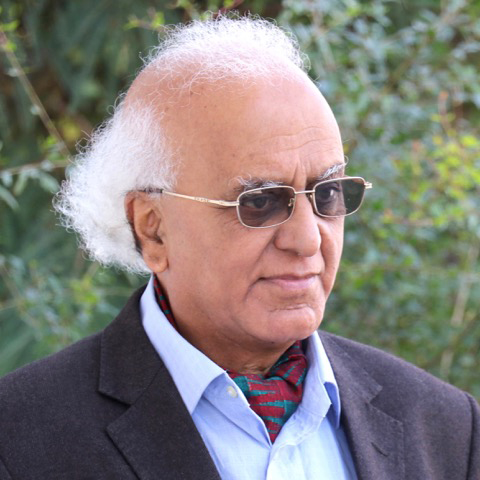
.jpg&w=200&height=120)
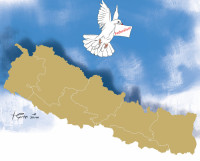

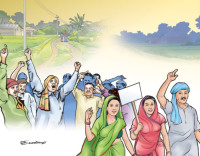
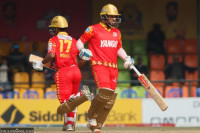

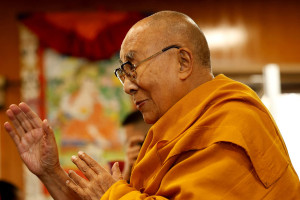
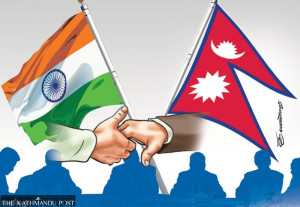


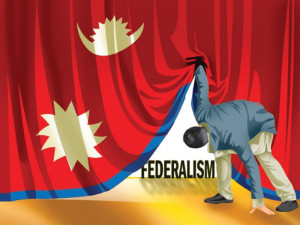


%20(1).jpg&w=300&height=200)

